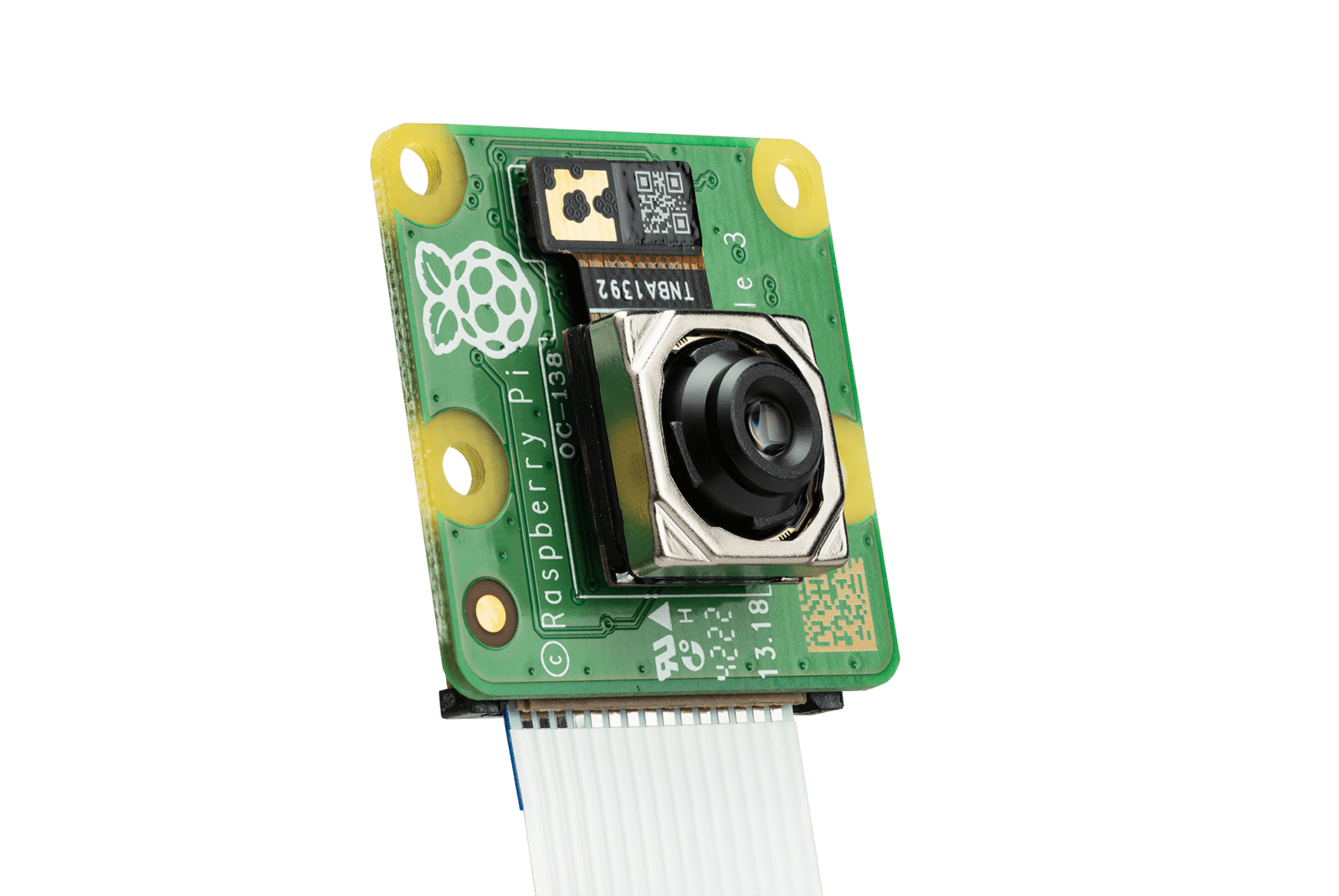Raspberry Pi has released a new Camera Module 3 with several notable upgrades, such as increased resolution, infrared, HDR, autofocus, a broad field of view, and more. It’s the first new camera module from the firm in six years, except the model with interchangeable lenses that will be released in 2020.
Sony IMX219 8-megapixel sensors were previously utilized in the Module 2 cameras. Sony’s new 12-megapixel IMX708 technology, included in the newest versions, boosts both size and pixel count. It means more detail is captured even in dim light. It also includes a 16:9 aspect ratio, allowing for the whole sensor area to be used for recording high-definition video at up to 50 frames per second.
In addition, Module 3 features powered autofocus built right in, while Module 2 just had fixed autofocus. This makes them somewhat bulkier, but more flexible, since you can concentrate on things from as close as 5cm to as far as the eye can see.
The horizontal field of view of the standard FoV versions is 66 degrees, which is nearly the same as a 28mm full-frame lens. The wide-angle version, however, increases that to a horizontal angle of 102 degrees. The wide-angle version is somewhat thicker than the standard one, measuring in at 12.4 mm as opposed to 11.5 mm. This is because it uses a more costly and sophisticated optical stack.
It can also take several exposures at once, with varying exposure durations, allowing for HDR photography. That way, you may have the perfect exposure for both the inside and outside of a building, for example. Module 2 also brought with it NoIR (no infrared filter) sensors, which may turn your Raspberry Pi into a functional night-vision camera.
Standard and wide-angle models, as well as visible light and NoIR infrared variants, are among the four modules introduced. Standard models start at $25, while wide-angle variants go for $35. You can get one from the Raspberry Pi online shop right now.












Leave a Reply